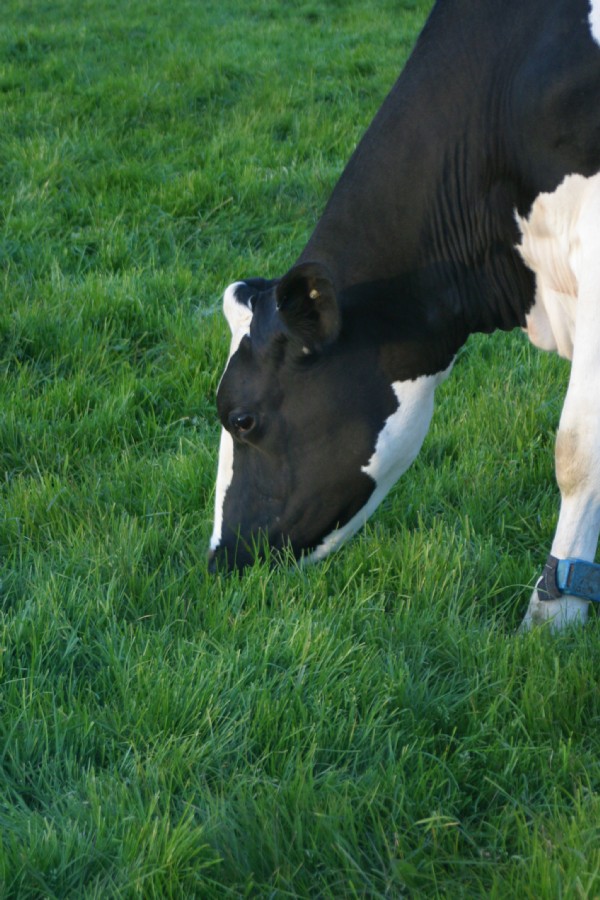

Magnesium is a vital ingredient for soil and plant health and deficiencies can have a dramatic impact on crops and livestock. It is a nutrient that’s important for the processing of plant chlorophyll and for improving the utilisation of phosphorus in the soil, as well as aiding photosynthesis, root growth and energy transfer.
Cattle and sheep need magnesium in their diet too, a shortage of magnesium in the fodder can lead to a low magnesium count in the blood. The deficiency can cause a condition called hypomagnesemic tetany, or grass staggers, a serious metabolic disease. Symptoms include stiff necks and legs, hyper excitability and over-reaction to being touched or driven leading to animals becoming recumbent with uncoordinated convulsions. Magnesium deficiency is responsible for 20,000 dairy deaths across the UK annually with the condition being most dangerous in in early spring on lush pasture.
But it’s obviously far better to be aware of magnesium levels in the soil and take preventative measures before crops begin to fail or animals fall sick. Plants lacking in magnesium may be indicated by whiteness along veins of leaves and necrosis along leaf edges, but there is a chance that it is will go unnoticed until crops and livestock are affected.
If you’ve not had your soil tested for five years or more, or have long term permanent pasture or you take on new ground, it would be advisable to send a soil sample to a registered authority to be tested in a lab. This will also give you an insight into the levels of other soil nutrients, which may affect magnesium levels. For instance a high potassium content within the soil can inhibit the uptake of magnesium by the sward.
If analysis reveals that your soil is deficient in magnesium there are various corrective measures available.These can depend on the severity of the problem, and usually rely on buying in forms of magnesium to give to the stock. For example they can be provided with licks and blocks of magnesium in the field, as well as compound feeds to be mixed into bulk rations, or applying magnesium powder directly to the pasture.
A longer term sustainable approach could be to increase the amount of species in the sward that contain higher levels of magnesium than a traditional ryegrass monoculture, these include chicory, plantain and ribgrass which can be found in a Herbal Grazing Ley. Plants like chicory are also deep rooting which can help lift nutrients up from depth within the soil profile.
/products/542/herbal-grazing-ley-four-year-ley
Date Posted: 30th April 2014



